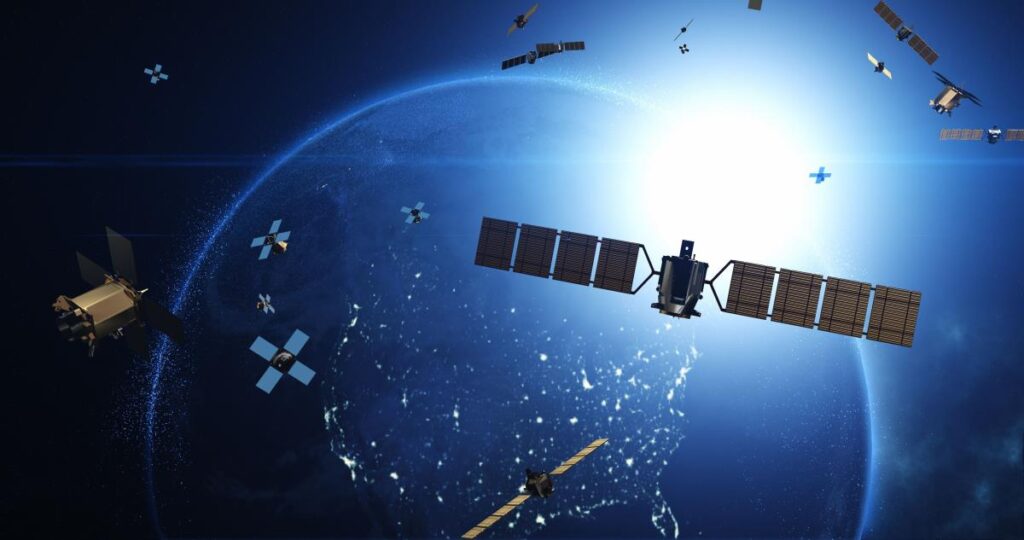The S73-7 satellite was launched into space back in 1974. And in the late 1990s, it was lost among various fragments and debris. It was searched for 25 years. And now, it finally became known that it had been found again.

Cold War-era satellite
The experimental spy satellite that was considered “lost” after being undetected for decades had finally been found. “The S73-7 satellite has been rediscovered after being untracked for 25 years,” astrophysicist Jonathan McDowell said in an April 29 post on the X network, formerly called Twitter. He said the satellite reappeared on April 25, citing data from the space force.
The Cold War-era satellite, which was officially called the “Infra-Red Calibration Balloon” (S73-7), had a little more than 60 cm in diameter. The US Air Force launched it on April 10, 1974, along with a much larger spy satellite, according to Gizmodo.
According to the publication, the balloon was supposed to inflate after launch, but something went wrong. After the failure, the US military twice lost sight of the balloon — once in the 1970s, and then again for a much longer time, starting in the 1990s, when ground sensors could no longer detect it.
Long searches
For a quarter of a century, analysts in the 18th Space Defense Squadron, the group responsible for tracking all man-made objects in Earth orbit, saw nothing about S73-7, Popular Science reported. According to experts, the balloon was lost forever among the “space debris”.
And suddenly, at the end of April, it appeared. According to McDowell, the analyst saw that the S73-7 appeared on sensor data. As expected, it was in Earth orbit, but now scientists have been able to track it again.
How can a satellite be lost?
But how did the scientists lose sight of the satellite? McDowell told Gizmodo that because the S73-7 was small and mostly non-metallic, it was harder for radars to detect. In addition, every day scientists track more than 20,000 pieces of equipment flying in low-Earth orbit, and it is difficult to keep track of them.
This discovery is a triumph for analysts trying to track thousands of objects circling our planet. If one object gets lost, it’s not a disaster. But if too many of them are lost, the risk of collisions and the formation of excess debris increases, according to United Nations University.
Since objects in Earth’s orbit move at a speed of 28,000 km per hour, excessive amounts of debris and fragments can be incredibly dangerous for satellites and stations.
According to phys.org
Follow us on Twitter to get the most interesting space news in time
https://twitter.com/ust_magazine


